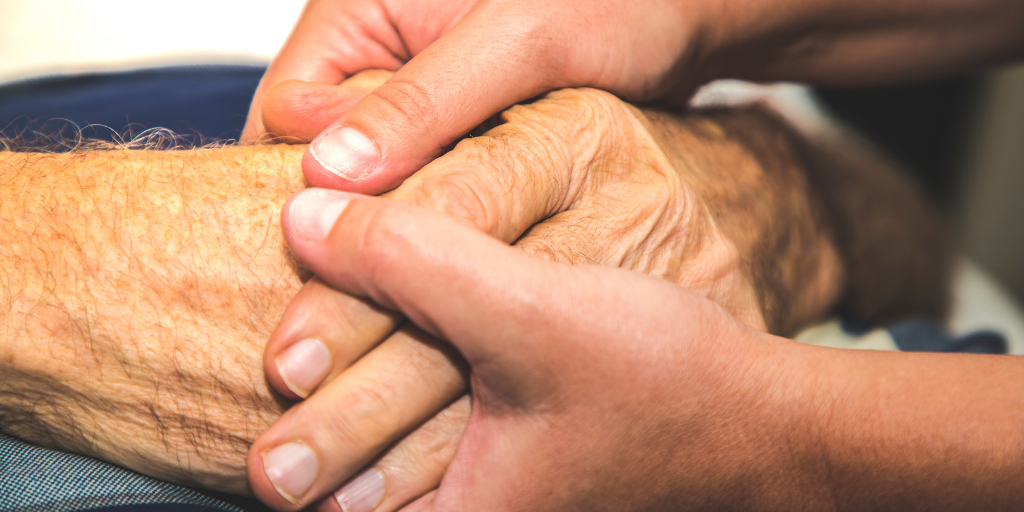- +1.888.528.8757
- office@doctorspreferredhhc.com
- Monday – Friday 9 AM – 5 PM
With age, a person becomes susceptible to a large number of specific, degenerative diseases. Among them is Parkinson’s disease. The pathology occurs to 1% of the elderly of the whole world. In reality, it’s a way high indicator for this kind of pathology.


Parkinson’s syndrome (more common than Parkinson’s disease) is a violation of the work of the central nervous system. It begins to develop when the cells of the black matter of the brain reduce the rate of synthesis of the neurotransmitter dopamine.
As soon as the lack of this neurotransmitter in the cerebral cortex reaches 80% the first signs and symptoms begin to appear. As a rule, this happens after 50. The disease lasts for decades, gradually progressing.
Early signs of Parkinson’s disease in old age are mainly the following;
In fact, Parkinson’s disease develops in five main stages. It develops gradually and causes more and more difficulties.
In the initial or so-called 0 stages, the disease has already started and the amount of dopamine gradually decreases. However, it is yet impossible to determine the disease since there are no physical signs.
Parkinson’s disease at stage 1 is just beginning to manifest itself imperceptibly and is subject to treatment. In the initial period, may appear stiffness in one hand, a slight tremor in one hand when agitated, depressed mood, insomnia, bouts of unexplained fatigue.

An asymmetric weak tremor of one limb begins. A person starts to move slower, feels more stiffness than usual. Hand trembling mainly happens during physical or emotional activity.
During the 2nd stage, the tremor increases gradually and spreads to the second hand, and may even reach to face. In the third stage of the disease, problems with coordination and orientation in space begin. A person can no longer work but is yet able to cope with generic household activities.
The fourth stage manifests itself with disorientation. The patient is now able to move on small distances as he often loses his balance and may fall and get serious injuries. And in the final, fifth stage the patient loses his ability to move independently.
The rate of progression of symptoms of the disease varies. The forecast is influenced by the following factors:
If a patient has Parkinson’s disease debuted after 78 years, motor disorders will be more pronounced than at the onset of the disease in the range from 43 to 66 years. At the late onset of the disease, axial disorders and rigidity are more pronounced than in patients with the onset of the disease in middle age.
To prevent Parkinson’s disease, it is useful to lead an active healthy lifestyle, eat well and monitor the condition of blood vessels and pressure, especially after 50 years. You should also avoid places with an increased concentration of toxic substances.